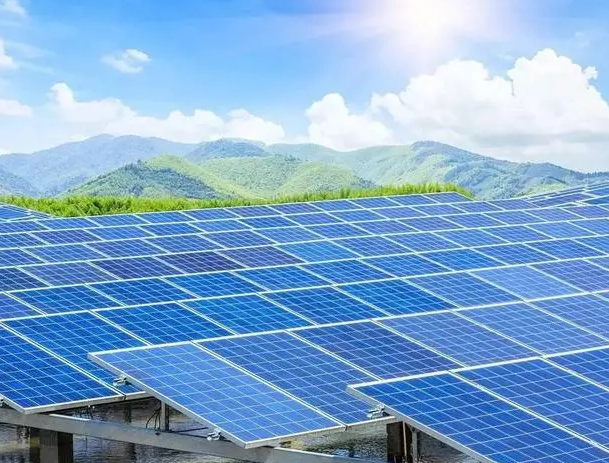When installing a PV system, both low-voltage (LV) and PV cables need to be precisely specified. Since these cables are designed for different applications, performance characteristics may also vary. For example, low-voltage cables are suitable for indoor or protected use, but they are usually not suitable for outdoor applications. An exception to this rule is when the cable is buried underground, as photovoltaic cables are not designed for applications that have this requirement. However, photovoltaic cables are suitable for use in cable slots and solar cable connector where the cables do not touch the ground. This is especially useful if rodent damage is present in an environment where cables are used.
The maximum operating temperature of low-voltage and photovoltaic cable products is also different. This aspect should be considered during the specification development phase when determining the suitability of the selected product for a particular application. According to IEC 62930 and BS EN 50618, in order to ensure continuous operation over the life cycle, the maximum continuous operating temperature of low-voltage cable products is 90 degrees, while that of photovoltaic cable products is 120 degrees. Photovoltaic cables must be ozone resistant, while low-voltage cables do not. Although low-voltage and photovoltaic cables have the same basic function of transmitting electricity, they respond differently to the environment depending on the cable design.

What specifications are suitable for photovoltaic cables?
Photovoltaic cable technology is still relatively modern, which means that most applications will follow established international standards to ensure that cable products reach a high level of quality and safety.
Solar panel manufacturers offer an industry-standard shelf life of 25 years. Therefore, it is occasionally recommended as the life cycle of a solar cable. However, the rated service time of the cable cannot be given accurately without knowing the operating temperature and conditions. The heat resistance test results specified in the photovoltaic standard can be used to predict the expected life of cable products.
The location of solar projects, especially in remote areas, requires products with a long life and low maintenance costs. As a result, the solar industry is tightly regulated to ensure the reliability and suitability of products. As a minimum, the product must comply with the building codes of the installation area.
Table 1: According to the industry standard, the DC cable needs to be tested.
Thermal durability testing of photovoltaic cable products alone cannot ensure that they reach the required quality and safety level. However, by independently testing the product and demonstrating that it meets the applicable standards, it provides confidence to both specification makers and end users.
After discussions with numerous companies engaged in solar technology, we developed standards related to cables and recommended the list of characteristics for which DC cables should be tested as shown in Table 1 to maximize potential opportunities.
It is not sufficient for cable manufacturers to declare that their cables have passed their own internal tests; they must demonstrate to the industry that their solar products meet the requirements associated with each specific test involved in validating the characteristics of the aforementioned products. The use of test and certification partners can provide assurance to meet the requirements of plant operators and relevant agencies.
Improper use of cables can shorten the life of projects, and numerous solar projects are being supported by local governments, therefore proper use of cables allows these solar projects to promise a return on their financial investment to public stakeholders. While some certification bodies have developed their own testing standards for photovoltaic cable products, the main internationally recognized standards that are particularly relevant for solar cable products used in DC equipment are: IEC 62930: ed 1.0:2017 and BS EN 50618:2014.
EN 50618 applies only to cable products using single-core, cross-linked insulation and sheathed tinned copper soft conductors made of low-smoke halogen-free (LSHF) materials, while IEC 62930 extends this scope to single-core cross-linked insulated power cable products made with or without LSHF materials. Both standards specify strict requirements for testing photovoltaic cable products, reflecting the challenging conditions that cable products will face.
While these standards have similar key requirements, there are significant differences in the allowable materials and the range of conductor sizes that can be tested, as discussed in the next section.